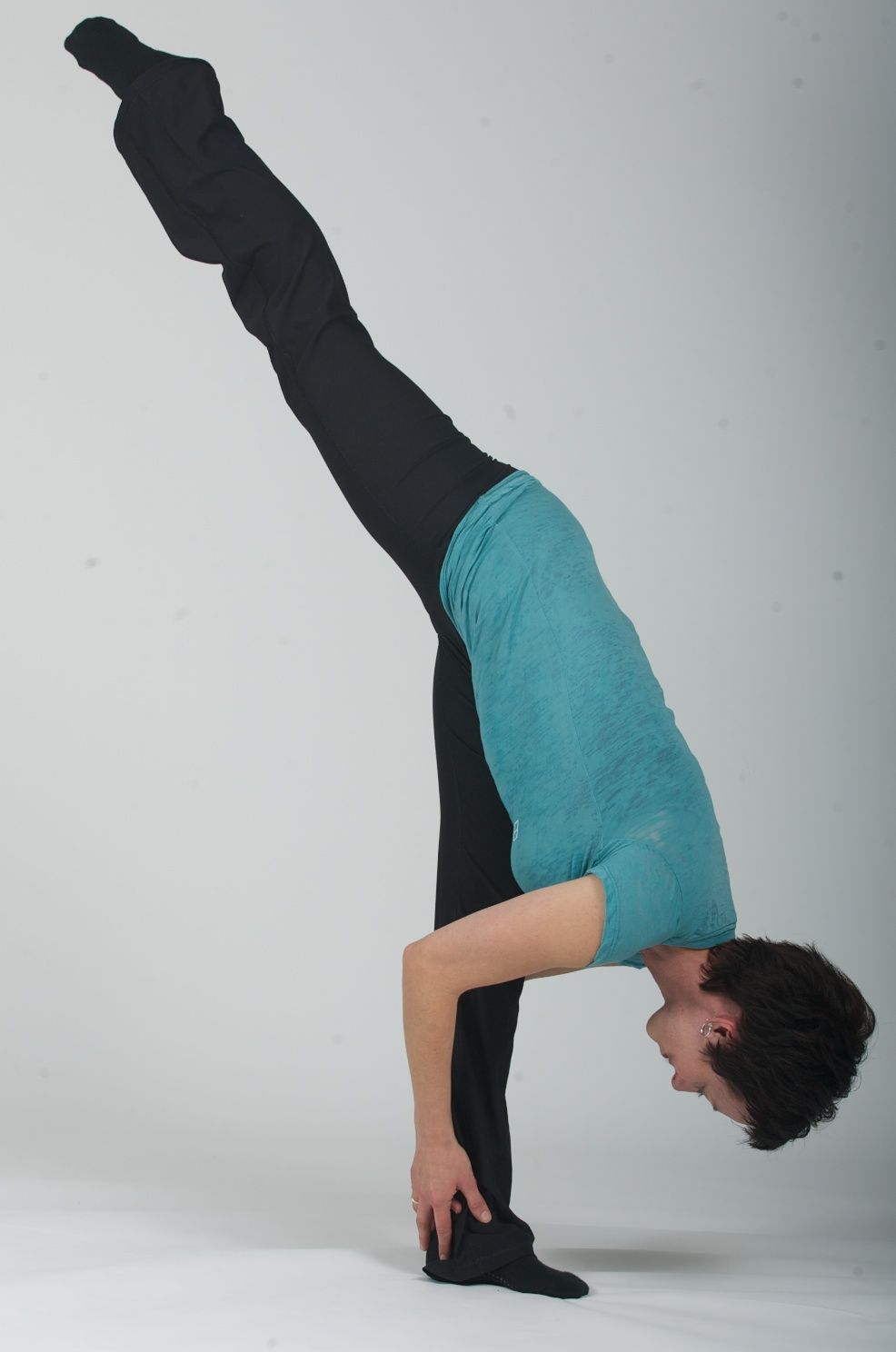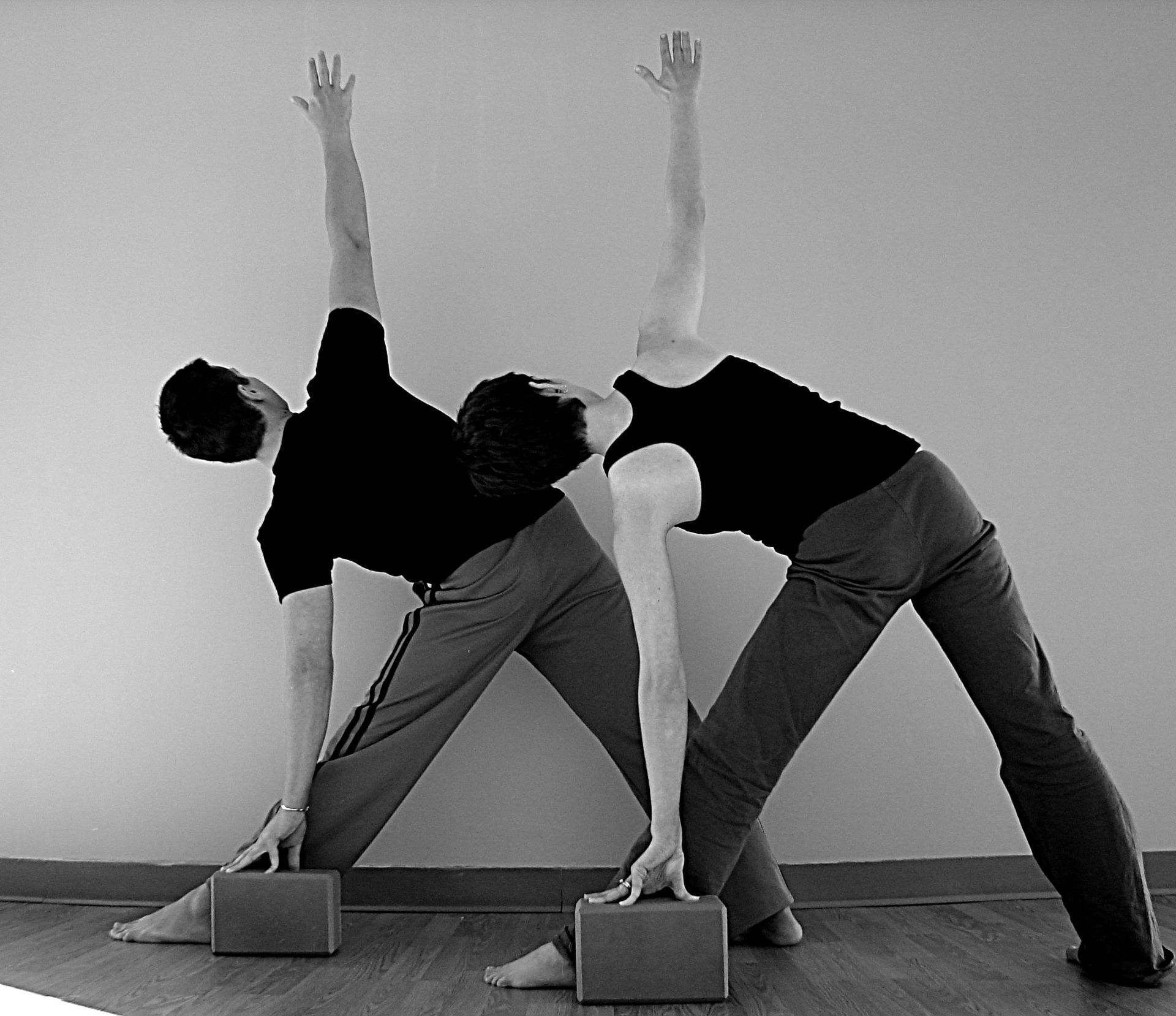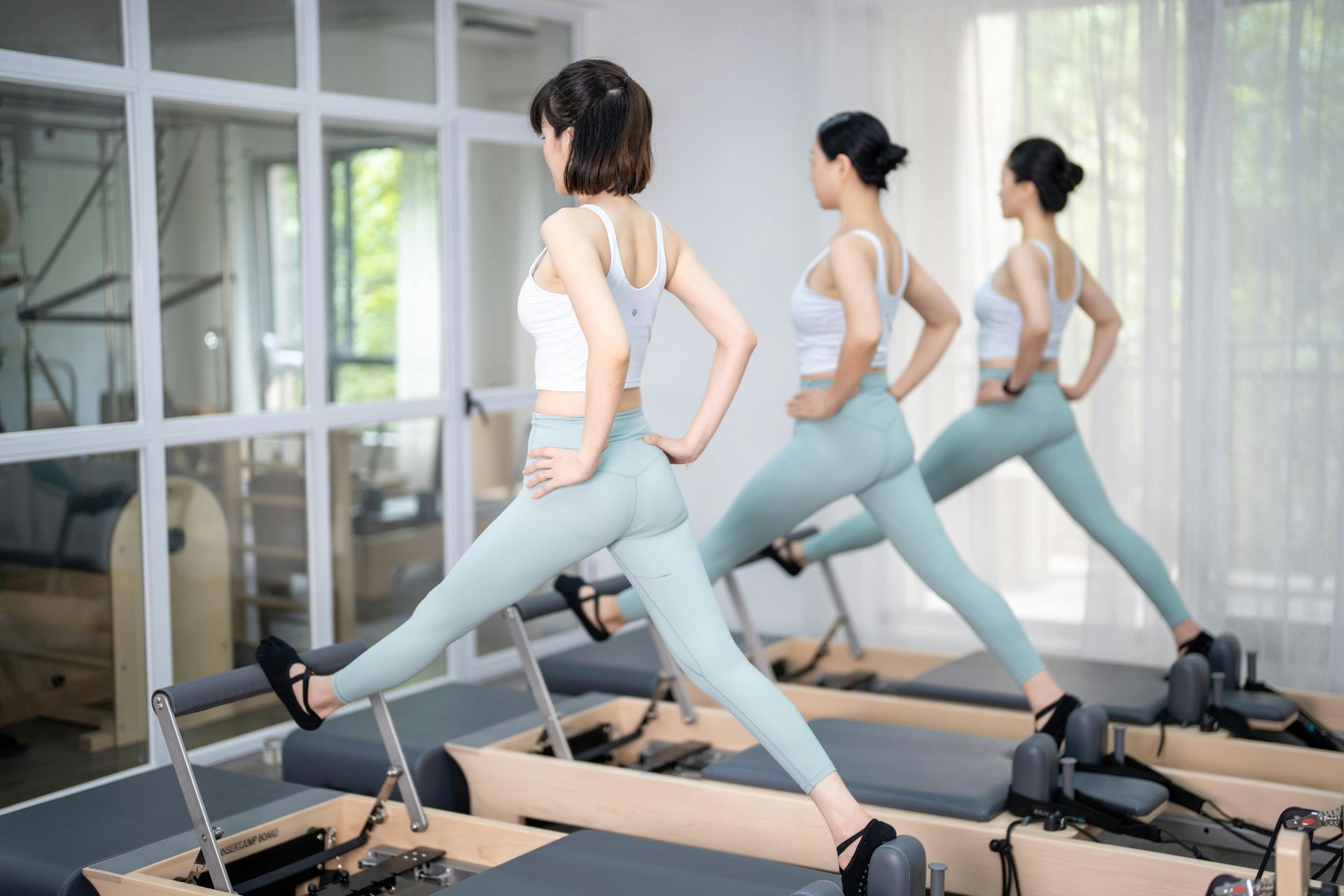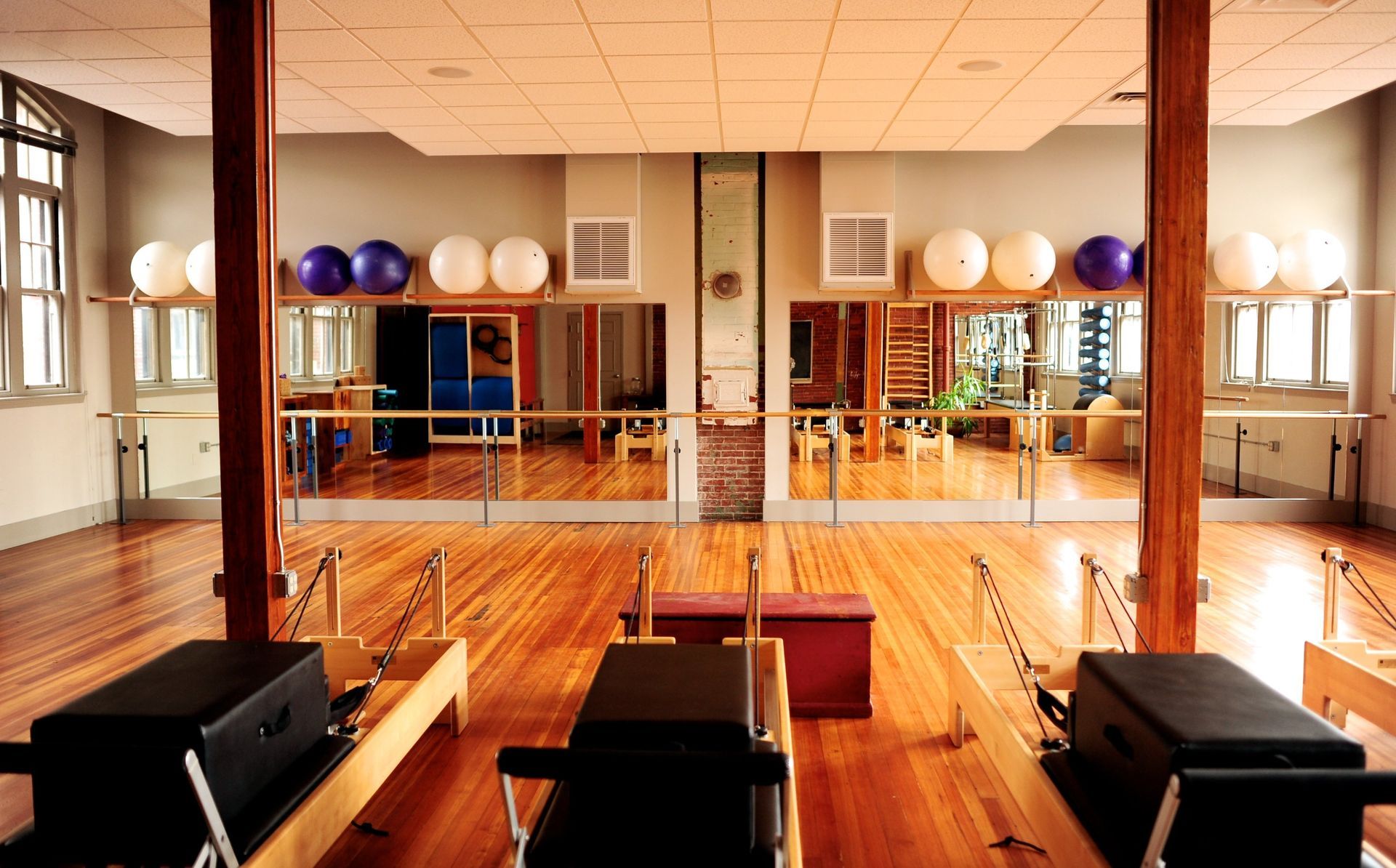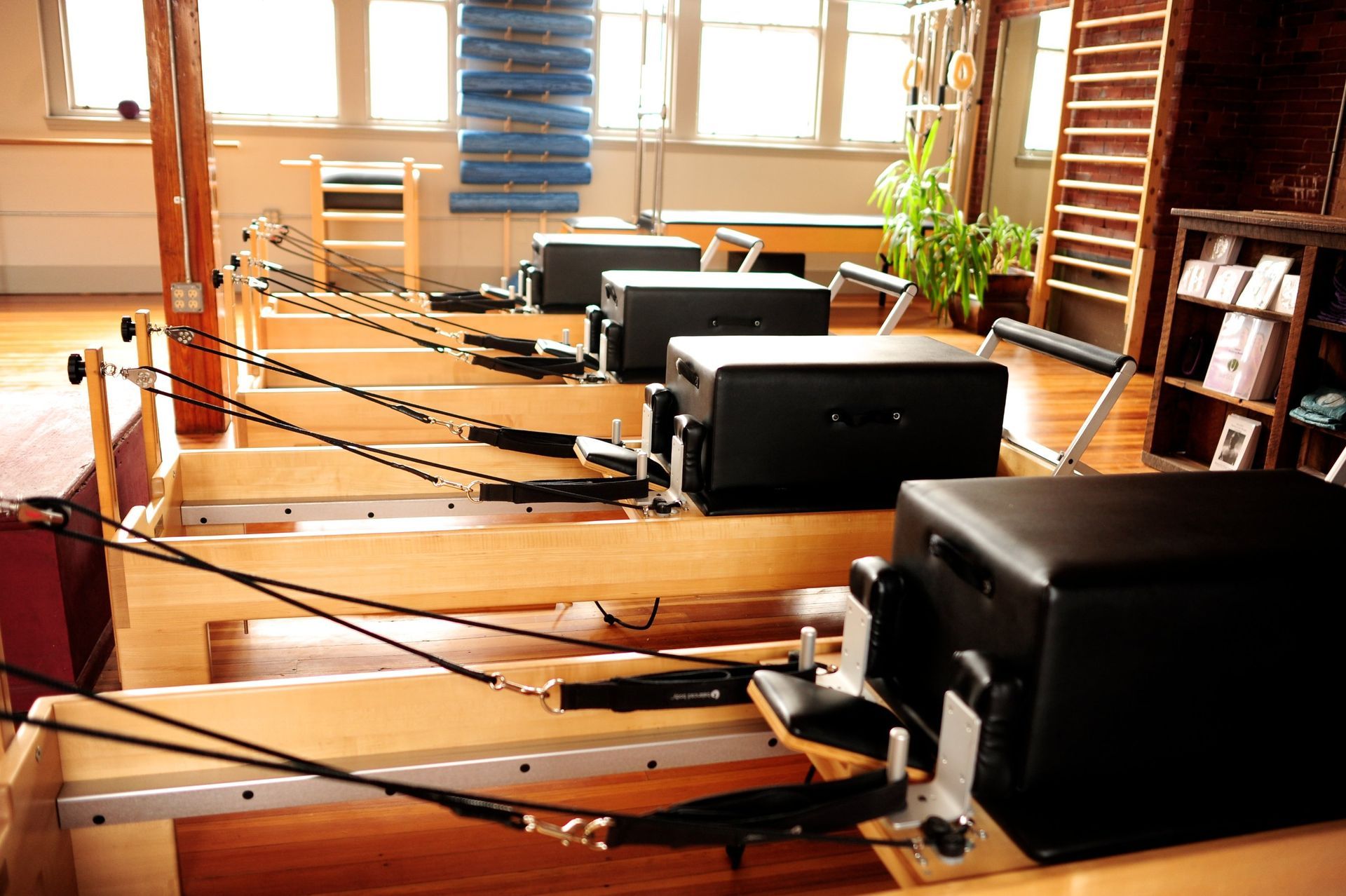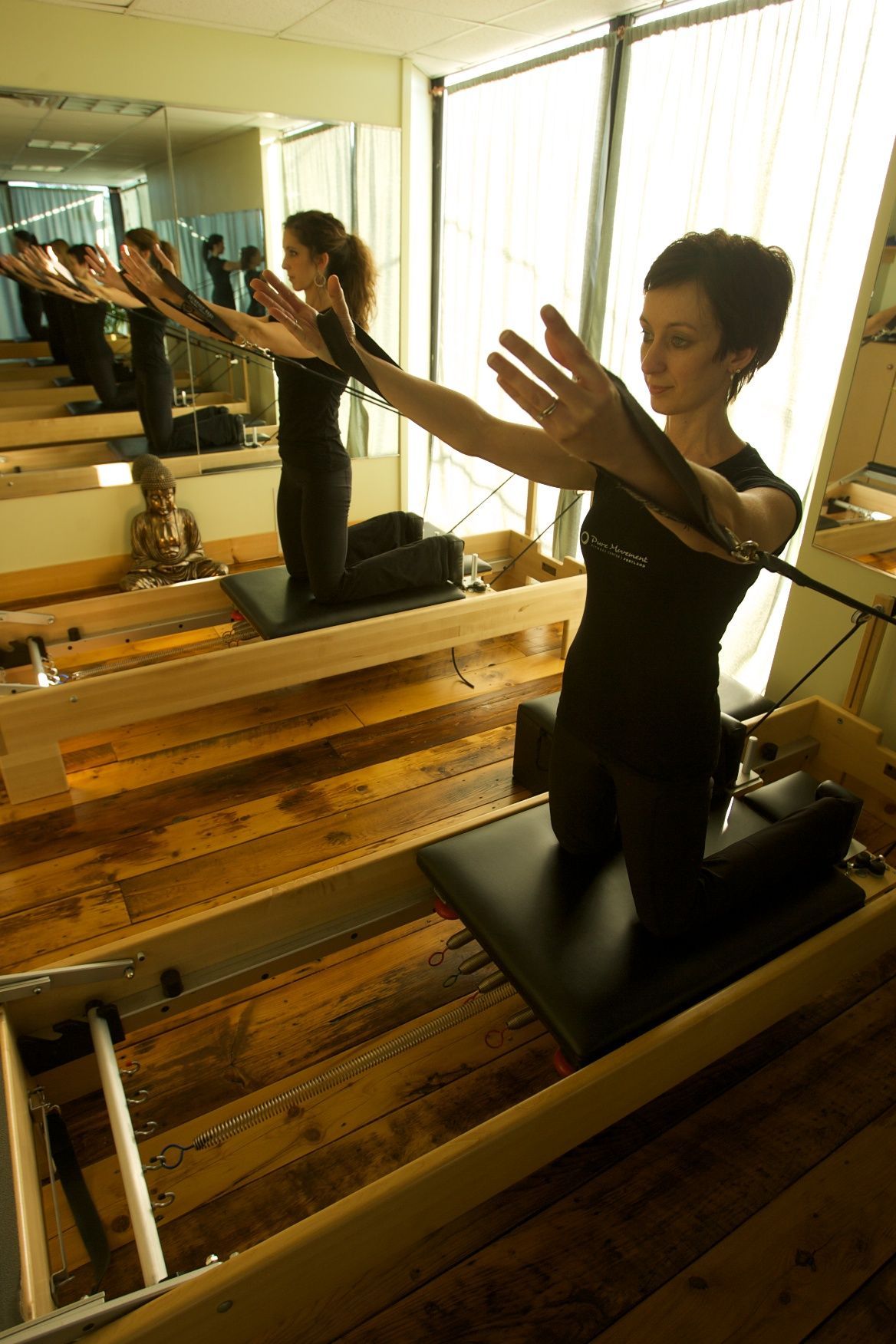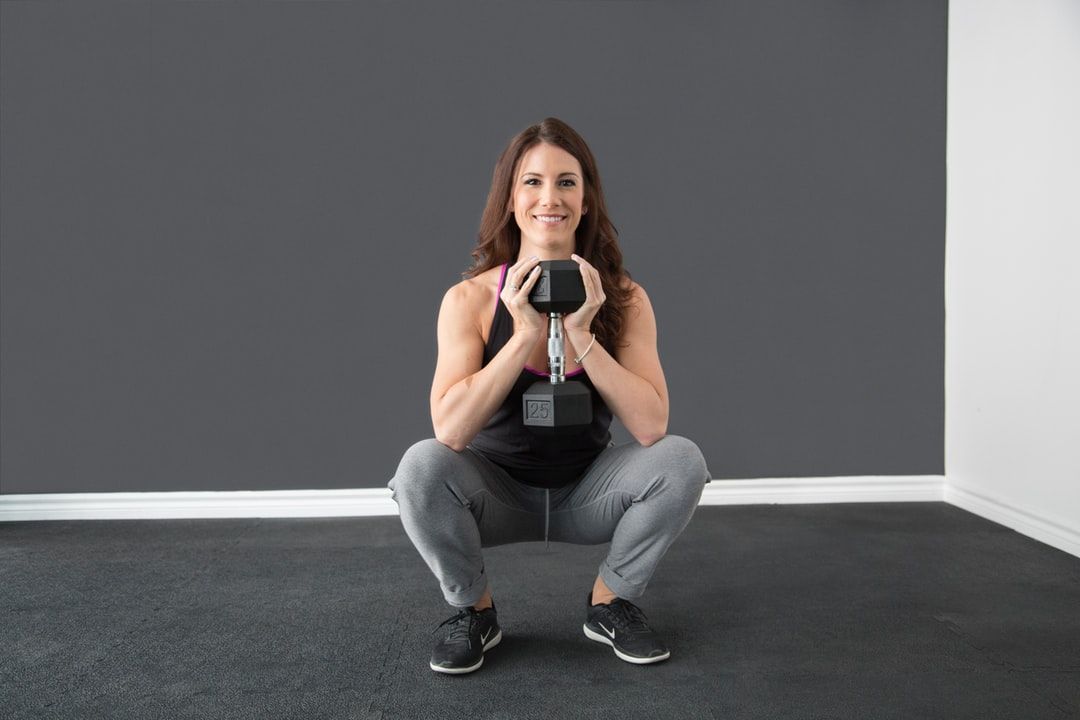Motion is Lotion
What a Wise Client Taught Me—and How It Echoes Through the Work of Pilates and Barre Pioneers
Motion Is Lotion
“Motion is lotion.”
That simple, clever phrase first entered my vocabulary thanks to a cherished client named Nancy, when I was teaching Pilates within a physical therapy clinic. She said it casually, as we moved through some gentle spinal mobility work together, and I paused mid-roll down, struck by how perfectly it captured the heart of what I teach every day.
I wish I had thought of it first.
In those three words lies the core philosophy of two of the greatest movement minds I’ve ever had the pleasure to study—Joseph Pilates and Lydia Bach, my mentor and the woman who brought the Lotte Berk Method from London to New York. Before "functional fitness" was a buzzword, before physical therapy was the well-established field it is now, they understood that movement heals. Movement strengthens. Movement transforms.
Motion is lotion. For the joints, the muscles, the fascia—and even for the soul.
The Birth of Functional Fitness
Before we dive deeper into why those three words are so powerful, let’s rewind.
Joseph Pilates
Joseph Pilates was a visionary who believed that modern life had made people weak and disconnected from their bodies. He developed his system, originally called “Contrology,” to restore alignment, strength, breath, and presence. It wasn’t just about abs or flexibility—it was about whole-body integration, balance, and health.
He also had the ingenuity to invent equipment—what we now call the Reformer, Cadillac, Wunda Chair, and more—to help rehabilitate and reeducate the body. He understood something that would take the medical and fitness communities decades to catch up with: we must move to get better, not just rest.
Lydia Bach & The Lotte Berk Method
Meanwhile, Lydia Bach was expanding upon a movement philosophy that merged ballet technique, orthopedic awareness, and strength training, long before cross-training was even a concept. The Lotte Berk Method was originally created by Lotte Berk, a German dancer living in London, as a way to stay strong through injury. Lydia studied with her, bought the rights, and brought the method to NYC, adapting and evolving it into something functional, fierce, and feminine.
What I learned from Lydia was not just movement patterns—it was precision, discipline, and how to work around (and sometimes into) discomfort to come out the other side stronger.
Sound familiar? Like Pilates, the Lotte Berk Method at its heart was about mobility, strength, and fluidity—even in pain.
Pain Says Stop—But It Doesn’t Always Mean "Don’t Move"
When we experience pain—especially after an injury—our first instinct is to stop everything.
We stiffen. We guard. We avoid. We say things like “I can’t,” or “I’ll never be able to do that again.” Pain becomes the boss of our bodies. And for a little while, that’s appropriate.
Rest matters. Recovery matters.
But here’s the truth: healing doesn’t happen in stillness alone.
Once the acute phase of injury passes, the body needs circulation, oxygen, neuromuscular input, and load in order to rebuild. And you can’t get any of those things if you’re stuck in fear or inaction.
This is the subtle dance we help our clients navigate as movement professionals—listening to the body while also nudging it forward, safely and intelligently.
This is why Nancy’s phrase stuck with me. It’s simple, accessible, and true.
Motion is lotion.
Move it—even gently—and things start to change. Blood flows. Synovial fluid nourishes joints. Muscles activate. The nervous system rewires. The body begins to trust itself again.
What Motion Looks Like in a Real Body
Here’s what I see in the studio, day after day:
- A client recovering from a knee replacement starts with tiny seated leg lifts, and a month later is squatting with support.
- Someone post-back injury lies on the Reformer carriage, terrified to move their spine—and by week three, they’re curling and bridging and smiling again.
- A former dancer who hasn’t moved in years because of chronic pain gets back to the barre and feels like herself for the first time in ages.
None of this happens overnight. And none of it happens by doing nothing.
The motion doesn’t have to be big, flashy, or Instagram-worthy. It just has to be intentional. It has to be guided. And it has to be consistent.
Discomfort vs. Pain: A Critical Difference
One of the most important lessons we can teach our clients (and remind ourselves) is this:
There’s a difference between pain and discomfort.
Pain is sharp, alarming, and often signals danger. It’s your body’s red flag.
Discomfort, on the other hand, is where growth happens. It’s the tight hamstring slowly lengthening. It’s the trembling glute trying to fire. It’s the deep abdominal muscles waking up after years of dormancy.
Learning to distinguish between the two is a lifelong practice—but it’s essential if we’re going to move into healing instead of around it.
Sometimes, we do have to move into discomfort to expand our capacity. Not to “push through pain” in a reckless way, but to honor that movement might not always feel easy or good at first—and that’s okay.
Dance Medicine: Before Physical Therapy Had a Name
Long before exercise was prescribed in a clinical setting, dancers and movement teachers were crafting methods to rehabilitate their own bodies.
- They learned what movements helped them stay supple and injury-free.
- They noticed what made their backs feel better after long rehearsals.
- They knew when to modify, when to pause, and when to push.
Joseph Pilates worked with dancers from the New York City Ballet and beyond. His studio on 8th Avenue in NYC became the go-to place for performers recovering from injury or looking to strengthen. His approach laid the groundwork for modern physical therapy, sports conditioning, and injury prevention.
Lydia Bach, too, trained actors, models, and dancers in her Lotte Berk studio in New York. But what always struck me was how she encouraged everyone to work like an artist—intentionally, precisely, and with deep curiosity. She taught us to look at the body as a system, not in parts. Just as Joseph did.
In many ways, they were the original movement therapists.
Your Body Wants to Move—Even When It Hurts
Pain can make us feel like our body has betrayed us. It can make us lose confidence, feel fragile, or even angry.
But here’s what I know for sure:
Your body wants to heal. Your body wants to move.
It just needs help remembering how.
That’s where teachers, guides, and coaches come in. We don’t diagnose or treat, but we hold space. We offer structure. We suggest patterns that might open a door.
And sometimes, we just repeat phrases like “motion is lotion” to anchor our clients back into hope.
Bringing the Wisdom Forward
I think about Nancy often. She probably had no idea how much that small phrase impacted me. It wasn’t just catchy—it was a reminder. That we already have the tools. That simplicity works. That if we move with awareness, we can heal.
Every time I teach a spinal articulation, a hamstring curl, or a standing thigh sequence at the barre, I think about the legacy of Joseph and Lydia. The brilliance of their systems. The foresight in their understanding that movement isn’t just for fitness—it’s for function, for freedom, and for healing.
Final Thoughts: Keep Moving, Keep Listening
If you’re injured, scared, or unsure where to start—start small. Breathe. Wiggle your toes. Stretch your spine. Reach overhead. Roll down and up.
Get guidance if you need it. Ask your teacher questions. Modify when you must. But above all—don’t stop moving.
Because motion really is lotion.
For your joints, yes—but also for your confidence.
For your independence.
For your life.


